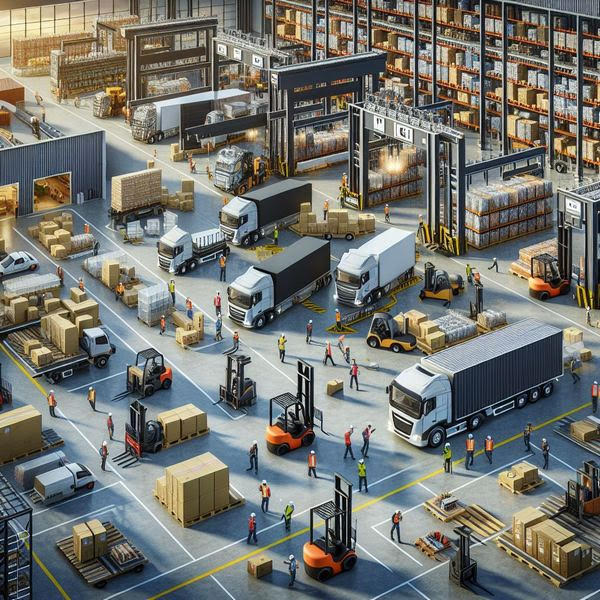India’s e-commerce sector is on a trajectory of remarkable growth, projected to reach USD 550 billion by 2035, according to a joint report by ANAROCK and ETRetail. Released at The Economic Times Great India Retail Summit 2025 in Mumbai, the report underscores the sector’s pivotal role in reshaping the Indian retail landscape.
The report estimates that in 2024, the e-commerce market stood at USD 125 billion, with expectations to hit USD 345 billion by 2030. This surge, driven by factors such as increasing internet penetration, smartphone adoption, digital payment infrastructure, and government initiatives like ‘Digital India,’ is fostering rapid transformation across the industry. The expansion of logistics and supply chain networks has further boosted the sector’s prospects.
E-Commerce Penetration in Smaller Cities
Beyond metropolitan areas, e-commerce firms are tapping into the growing consumer demand from smaller towns. The share of online shoppers from Tier 2 and 3 cities rose to 56% in FY2024, compared to 46% in FY2020, and is expected to further climb to 64% by FY2030.
“Besides the metros, e-commerce players are also tapping the growing demand from smaller towns and cities. Resultantly, the share of online shoppers from Tier 2 and 3 cities has increased to 56% in FY2024 from 46% in FY2020, and is expected to reach 64% by FY2030,” said Anuj Kejriwal, CEO & MD – ANAROCK Retail.
Meanwhile, India’s overall retail industry is projected to hit USD 2,500 billion by 2035, marking a threefold rise compared to 2019. This expansion is fueled by rising disposable incomes, increasing urbanization, and a burgeoning middle class. Today, the industry is characterized by a blend of sprawling malls, thriving e-commerce, and traditional retail markets.
Mall Vacancy Drops Amidst Rising Demand
The study also highlights significant trends in India’s shopping mall landscape. In 2024, new mall supply across the top seven cities stood at just 1 million sq. ft., while absorption was recorded at 6 million sq. ft. The post-pandemic resurgence in leasing, driven by experiential retail, has led to a significant drop in mall vacancy rates—from 15.4% in 2019 to just 8.1% in 2024.
“New supply is lagging far behind demand. Current supply and demand trends for mall spaces indicate a post-pandemic rebound in leasing, now largely driven by experiential retail,” noted Kejriwal. “Apparel and the F&B sectors consistently contribute nearly 45% of demand, remaining the top footfall drivers.”
With major domestic and international retailers expanding their presence in smaller cities, the supply of malls in Tier 2 and 3 locations is expected to grow substantially. The report projects that these markets will account for over 26 million sq. ft. of mall spaces by 2030, reflecting the growing appetite for organized retail in India’s emerging urban centers.
As India’s retail and e-commerce sectors continue to evolve, the interplay between online platforms and physical retail is expected to shape a dynamic and robust industry landscape in the coming decade.
Also Read: Emerging Tier II-III Cities Drive India’s Warehousing Growth with 100 Million Sq. Ft. Contribution









